Offer seasonal hair care tips to help readers adapt their routines as the weather shifts. Discuss the impact of temperature, humidity, and sunlight on hair and suggest appropriate adjustments. Hair health is a reflection of overall well-being, influenced by various factors such as diet, lifestyle, and genetics. A balanced diet rich in vitamins, minerals, and proteins is essential for nourishing hair follicles and promoting growth. Regular washing with a mild shampoo and conditioning helps maintain cleanliness and moisture balance. Avoiding excessive heat styling and using protective measures during sun exposure or harsh weather conditions prevents damage.
Hydration is Key:
During colder seasons, indoor heating and chilly winds can strip your hair of moisture, leaving it dry and brittle. Conversely, hot summer days can lead to excessive sweating, which may also dehydrate your locks. Combat these effects by maintaining optimal hydration levels. Use a nourishing shampoo and conditioner to lock in moisture, and consider incorporating a hydrating hair mask into your routine once a week. Adequate hydration is essential for the proper functioning of organs, tissues, and systems within the body. Water serves as a vital component in regulating body temperature, particularly through the process of sweating.

Adjust Your Shampoo Routine:
Different seasons call for different shampoo formulations. In colder months, opt for a moisturizing shampoo to combat dryness, while in warmer weather, a clarifying shampoo can help remove excess oil and product buildup. Be mindful not to over wash your hair, as this can strip it of natural oils, contributing to dryness and frizz. Maintaining luscious and healthy hair requires more than just a one-size-fits-all approach. Just as our skin and bodies have unique needs, our hair is equally diverse and demands a personalized care routine. Finish your shampoo routine with a final rinse using cool water. This helps to close the hair cuticles, leaving your hair smoother and shinier. It also helps lock in moisture. Dispense an appropriate amount of shampoo into your palm. The quantity depends on your hair length and thickness. Consider factors such as moisture levels, scalp condition, and any specific concerns you may have, such as dandruff or color-treated hair.
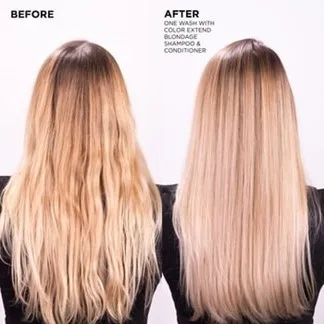
Protective Styling:
Extreme weather conditions can wreak havoc on your hair, leading to breakage and split ends. Protective styles, such as braids or buns, can shield your hair from harsh elements and reduce exposure to environmental stressors. Additionally, consider using accessories like hats or scarves to provide extra protection, especially during the coldest or sunniest days. Protective hair styling is a popular and effective approach to maintaining the health and integrity of one’s hair. This technique involves styling the hair in ways that minimize exposure to external elements, reducing the risk of damage, breakage, and other forms of stress. Whether you have natural curls, relaxed hair, or any other hair type, protective styling can be beneficial for promoting growth and maintaining overall hair health. Many protective styles are low-maintenance, requiring less daily styling and reducing the time spent on hair care routines.
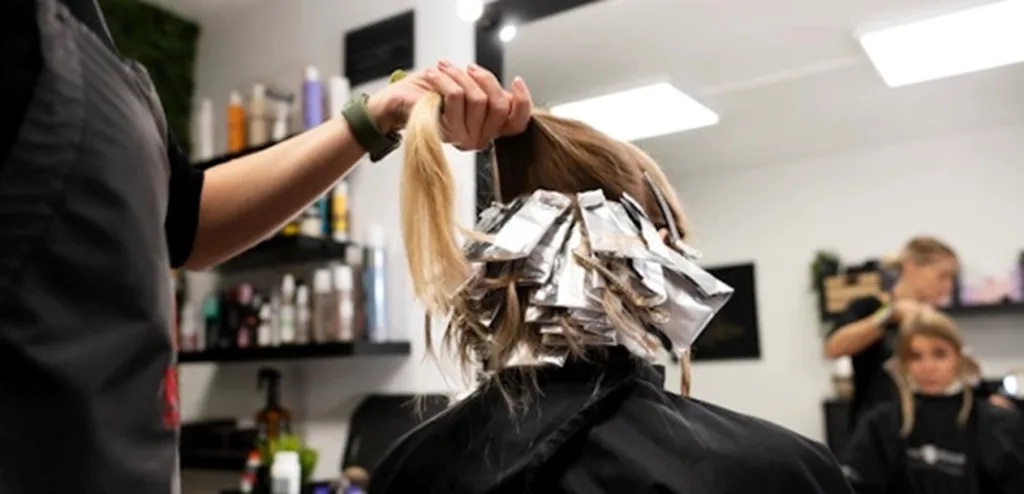
Trim Regularly:
Frequent trims are essential for maintaining hair health throughout the year. Trimming helps remove split ends and prevents them from traveling up the hair shaft, promoting overall hair strength and vitality. NIAMS – Hair Loss. Aim to trim your hair every 6-8 weeks to keep it looking fresh and healthy. Trimming your hair regularly helps prevent split ends and breakage, promoting overall hair health.
- Adjust the frequency of your trims based on your hair’s growth rate and the level of damage, ensuring that you maintain a clean and well-maintained appearance.
- Hair trimming is essential to eliminate split ends, which occur when the hair shaft splits into two or more fragments. Regular trims help maintain healthy hair by preventing split ends from traveling up the hair shaft.
- Trimming helps maintain a smooth and even hair texture. It removes damaged and frayed ends, leaving the hair looking healthier and feeling softer.
- Split ends and damaged hair are more prone to breakage. Trimming eliminates weakened sections, reducing the risk of breakage and promoting stronger, healthier hair.
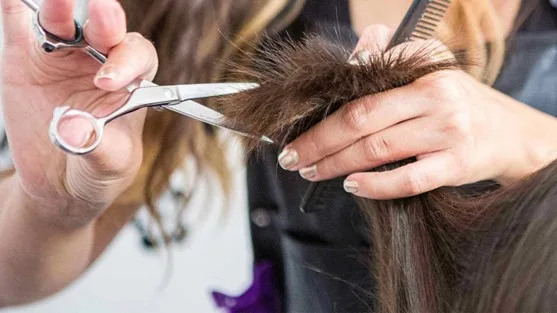
Balanced Nutrition:
Healthy hair starts from the inside out. Ensure your diet is rich in vitamins and minerals essential for hair health, such as biotin, vitamin E, and omega-3 fatty acids. Incorporate foods like avocados, nuts and leafy greens into your meals to promote strong, shiny hair. One often overlooked factor is the role of nutrition in maintaining healthy hair. Balanced nutrition is not only crucial for overall well-being but also plays a significant role in promoting strong, shiny, and manageable hair. The essential nutrients that contribute to healthy hair and how you can incorporate them into your diet to support your hair styling efforts. A balanced diet plays an essential role in maintaining healthy hair. Including a variety of nutrients is essential to promote hair strength. Incorporate lean proteins such as fish, and beans to provide the necessary building blocks for hair growth.

Adapt to Your Hair’s Needs:
• Monitor your hair’s condition and seek professional advice if you notice significant changes.
• Keep hair tools clean to prevent the transfer of bacteria to the scalp.
• Stimulate blood flow to the scalp for better hair growth.
• Limit the use of heated styling tools.
• Apply a heat protecting before using hairdryers, straightness, or curling irons.
• Avoid aggressive brushing or combing to prevent breakage.
• Pay attention to how your hair responds to seasonal changes and adjust your routine accordingly. If your hair becomes oilier in the summer, consider washing it more frequently. In the winter, focus on deep conditioning treatments to combat dryness. Tailor your routine to meet the specific needs of your hair during each season
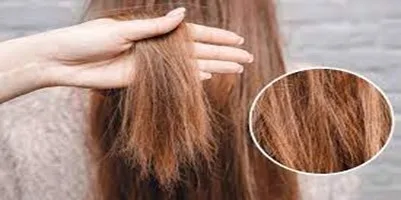
Use a Wide-Toothed Comb:
Gently detangle your hair with a wide-toothed comb, especially after washing. This prevents breakage and minimizes stress on your hair. A wide-tooth hair comb is an essential tool in the realm of hair care, valued for its unique design and functionality. Unlike traditional combs with closely spaced teeth, a wide-tooth comb features broader gaps between its teeth. This distinctive design serves a specific purpose, catering to individuals with various hair types, textures, and lengths. Incorporate regular wide-tooth combing into your hair care routine to prevent the formation of severe tangles and knots. This proactive approach can contribute to healthier, more manageable hair in the long run.
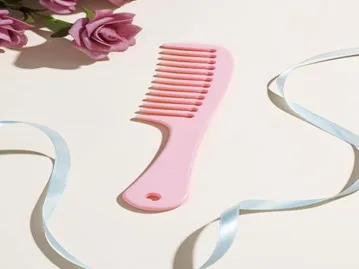
Silk Pillowcase:
Consider using silk pillowcases, particularly in colder months. They are gentler on your hair, reducing friction and minimizing the risk of breakage. A silk pillowcase is its ability to minimize friction. As you sleep, your hair can rub against the coarse surface of a cotton pillowcase, leading to tangles, breakage, and split ends. Silk, however, is inherently gentle and reduces the friction between your hair and the pillow, preventing damage and promoting healthier, smoother strands. This is especially advantageous for those who want to maintain their curly hairstyles or extend the life of a professional salon treatment.
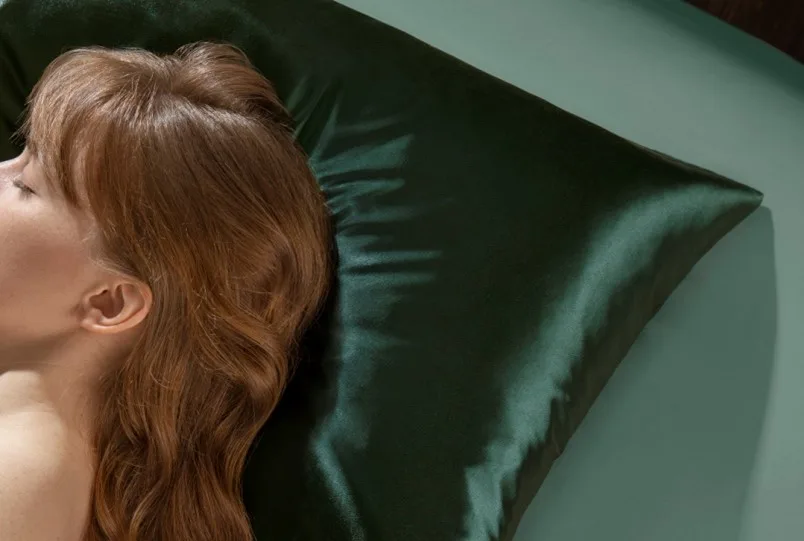
Choose the Right Products:
Tailor your hair care products to the specific needs of each season. For example, use anti-frizz products in humid weather and deep conditioning treatments in drier conditions. Selecting hair care products tailored to your specific needs is crucial. Look for shampoos, conditioners, and styling products that are free from harsh chemicals and suited for your hair type. Consider products designed to enhance moisture, control frizz, or define curls, depending on your individual requirements. Understand that finding the right hair products may involve some trial and error. What works for one person may not work for another, so be patient and willing to experiment with different products until you find the ones that work best for your hair.
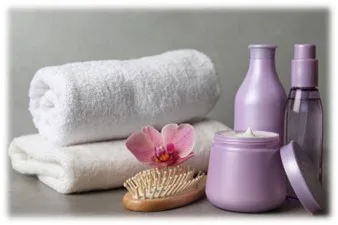
Regular Scalp Massage:
Stimulate blood circulation to your scalp by indulging in a regular scalp massage. This promotes hair growth and overall scalp health. A healthy scalp is the foundation of beautiful hair. Evaluate your scalp’s condition to address any specific concerns such as dryness, oiliness, or dandruff. Choose shampoos and conditioners that target your scalp’s needs to promote a balanced and nourished foundation for hair growth. American Academy of Dermatology (AAD) . The relaxing nature of scalp massage also extends beyond the physical realm. It serves as a stress-relief technique, helping to alleviate tension and reduce feelings of anxiety. As stress is a known factor in hair loss and other hair-related issues, incorporating regular scalp massage into your routine may contribute to maintaining a healthy scalp environment.
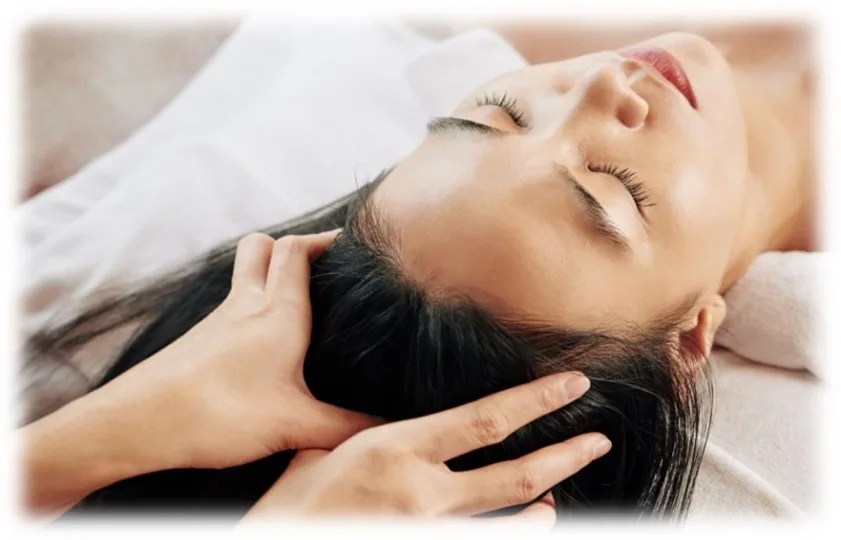
Deep conditioning:
Treat your hair to deep conditioning treatments at least once a week. This helps restore moisture, making your hair more nourishing and resilient to seasonal changes. An effective deep conditioning treatment is the use of rich and hydrating ingredients. These may include natural oils such as coconut oil, Argan oil, or olive oil, known for their ability to penetrate the hair shaft and moisturize from the inside out. Additionally, ingredients like Shea butter, Aloe Vera, and keratin contribute to the restoration of the hair’s natural elasticity and strength


